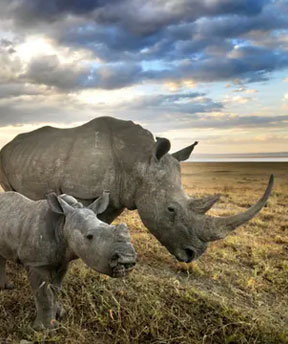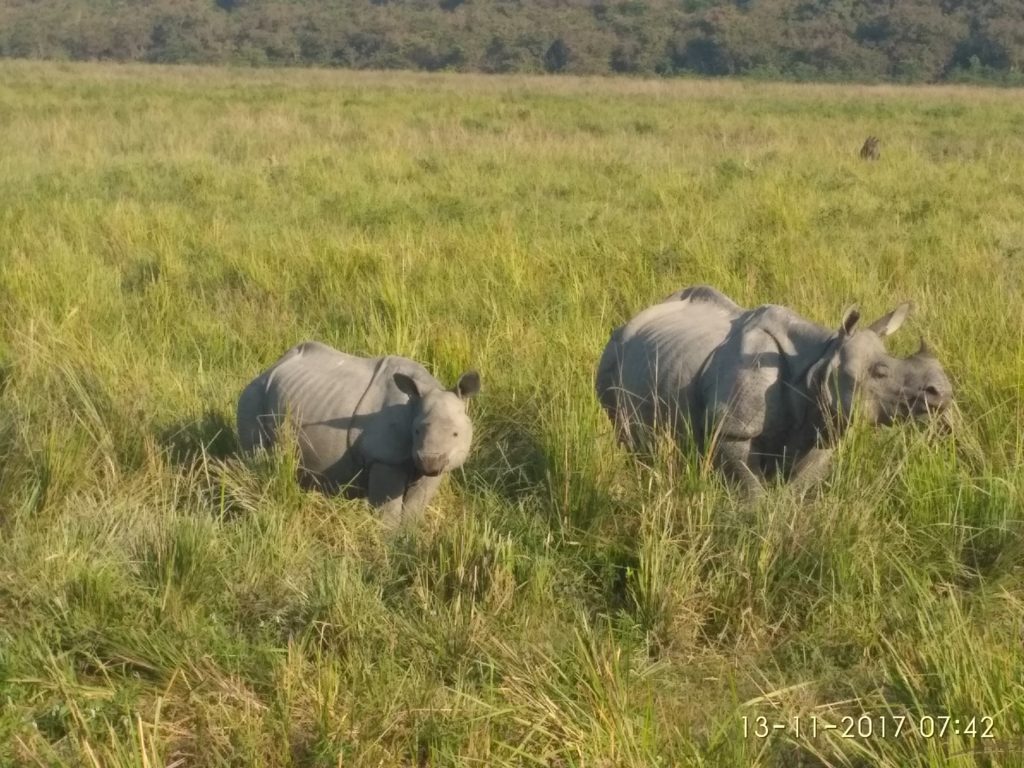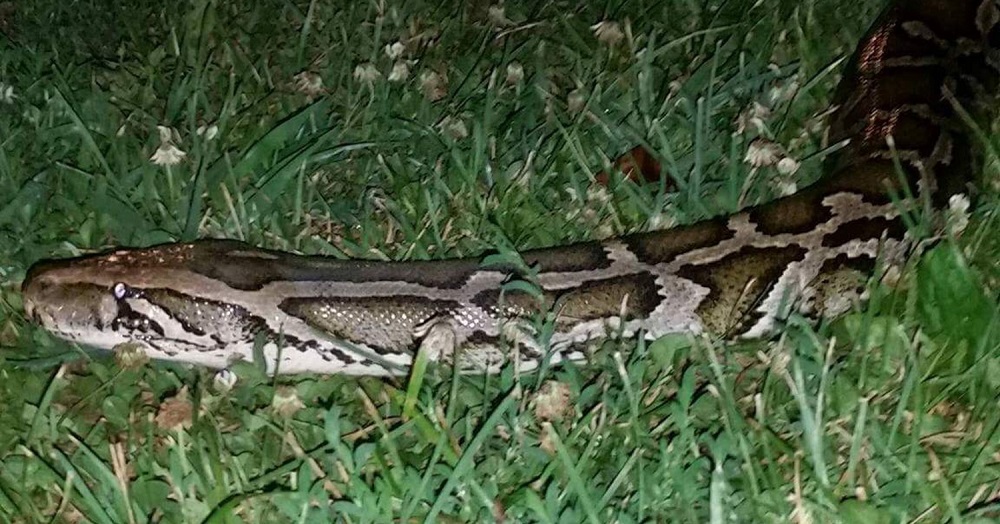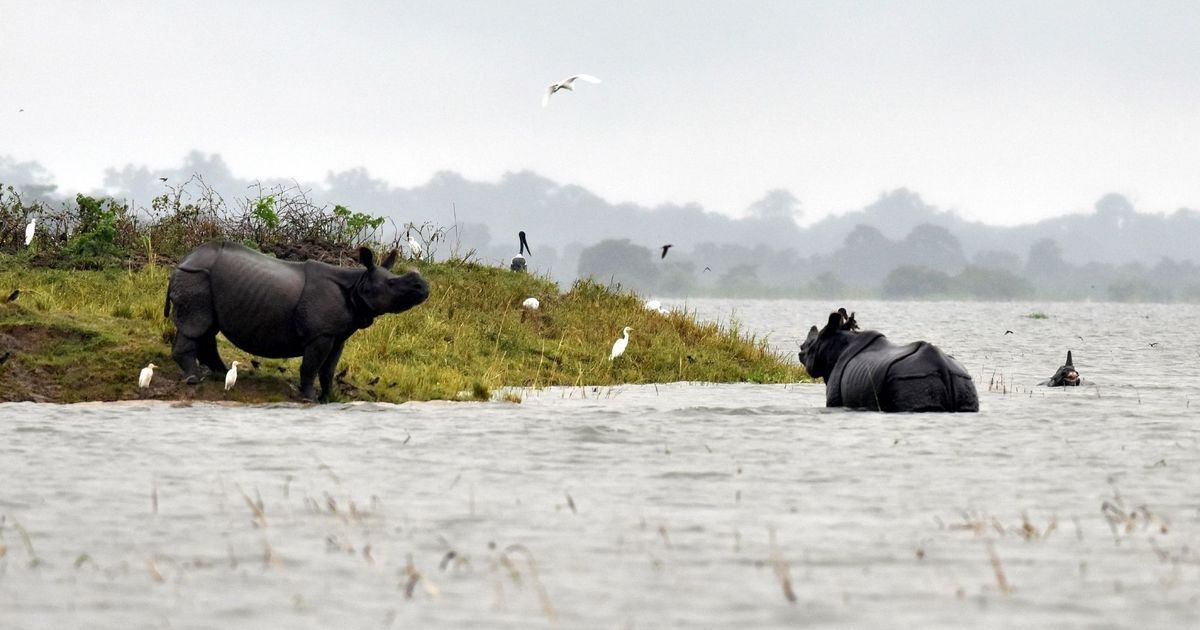
DNA Profiling of Rhinos is Underway, Will Help to Curb the Poaching Effectively
Kaziranga, Assam
News Update: 27-Nov-2018

The DNA profiling of endangered wild species is one of the modern techniques used worldwide to curb the poaching and illegal smuggling of wild animals and their body parts. In order to control the poaching of the One-horned Rhinos and curbing the smuggling of its horns, the Kaziranga forest department is going to implement an important and challenging project of DNA profiling of all the Rhino population of the park. Apart from the help in curtailing the Rhino poaching, the DNA profiling will also be helpful in the study and analysis of the genetic status of the Rhino across the varying ecosystems for the effective conservation approach helpful in the long run.
Along with the Kaziranga National Park, the other wildlife habitats that have the Rhino population in their vicinity have been included in this project. The DNA profiling will be done for all the Rhino population found in the wild in India. These DNA profiles of the Rhinos in India will extensively help in collecting the surefire evidence against the wildlife criminals, poachers or anyone who caught with the Rhino horns. This will surely curtail the global Rhino smuggling network and help the government to conserve the endangered Rhino species in an effective way.
The DNA profiling of the Rhinos, also known as the DNA indexing system (RhoDIS) is being prepared by the scientists of the Wildlife Institute of India located in the Dehradun, the capital of Uttarakhand. The process of DNA profiling is under preparation now and soon the DNA of the entire wild population of Rhino will be indexed which will help the wildlife officials in matching the DNA of the seized Rhino horn to the DNA database to make sure if it is the body part of any poached Rhino. In order to prosecute anyone possesses the Rhino horn as a poacher, it required less than 20 mg of Rhino horn to ascertain the DNA pattern and then match it to the DNA index database.
The DNA pattern of any organism is unique and can be used as a genetic fingerprint by the investigators to establish a connection between the seized Rhino horn and the poacher. Till now, it is hard to establish a link between a poacher arrested with the Rhino horn with him and the killed Rhino. Due to the lack of sufficient evidence, the arrested poachers found their way to get away from the clutches of the law which results in the very poor percentage of conviction of the arrested wildlife criminals. The Assam has around two third of the total Rhino population of the word while the state has only four percent of conviction rate of the arrested poachers and horn traffickers.


